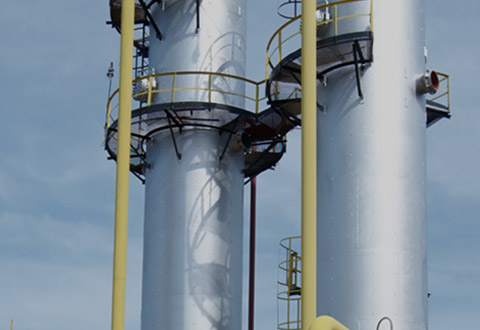
- Mobile Phone
- +8613931874955
- sales@cntcmetal.com
Exploring the Benefits of Lightweight Compression Springs for Enhanced Performance and Efficiency
Understanding Lightweight Compression Springs
Compression springs are essential components in various mechanical systems, providing resistance and restoring energy when compressed. Among these, lightweight compression springs are gaining recognition due to their unique properties and advantages across numerous applications. From automotive to aerospace and consumer goods, the demand for lightweight components is on the rise, predominantly driven by the need for efficiency and performance.
What Are Compression Springs?
Compression springs are helical coils designed to resist axial loads. When a force is applied, these springs compress, storing mechanical energy that can be released when the load is removed. They are predominantly made from metal, but advancements in materials science have introduced various lightweight options that do not compromise on strength or durability.
The Importance of Lightweight Design
The push for lightweight components can be attributed to several factors, including energy efficiency, enhanced performance, and sustainability. In sectors such as automotive and aerospace, reducing vehicle weight directly translates to lower fuel consumption and improved acceleration. For instance, lightweight compression springs can significantly reduce overall vehicle weight, allowing manufacturers to achieve fuel efficiency targets and lower emissions.
Additionally, in consumer electronics, lightweight springs contribute to slimmer designs, improved portability, and an overall enhanced user experience. With the industry trend moving towards smaller and lighter devices, the role of lightweight compression springs cannot be overlooked.
Materials Used in Lightweight Compression Springs
Traditionally, compression springs have been manufactured from steel, stainless steel, or other heavy alloys. However, modern applications often utilize advanced materials such as titanium alloys, carbon fiber composites, and thermoplastics.
- Titanium Alloys Known for their high strength-to-weight ratio, titanium alloys deliver exceptional performance in weight-sensitive applications while being resistant to corrosion and fatigue. - Carbon Fiber Composites Carbon fiber provides significant weight savings and high stiffness, making it a suitable option for applications that demand both lightness and resilience. - Thermoplastics For certain applications, thermoplastics can offer a lightweight alternative with better resilience to environmental factors, such as moisture and UV exposure.
The choice of materials directly affects the performance characteristics of the spring, including fatigue life, stress resistance, and compressibility
. Designers must select the appropriate material based on their specific application requirements.lightweight compression springs

Design Considerations
The design of lightweight compression springs involves careful engineering to achieve the desired performance while minimizing weight. Factors such as coil diameter, wire size, and the number of active coils play critical roles in defining the spring's behavior under load.
Advanced computer-aided design (CAD) tools enable engineers to simulate and optimize spring designs virtually before fabrication. This iterative process enhances the spring's performance while ensuring that the lightweight construction does not introduce issues like deformation or failure under expected loads.
Applications of Lightweight Compression Springs
The applications of lightweight compression springs are vast and varied
1. Automotive Industry Used in suspension systems, seats, and engine components, lightweight springs help achieve better fuel economy and handling performance.
2. Aerospace In aircraft, every ounce counts. Lightweight springs are crucial in systems such as landing gear, cabin pressure controls, and throttle mechanisms, contributing to overall efficiency.
3. Consumer Electronics In devices like smartphones, tablets, and laptops, springs support various mechanisms, from battery compartments to keys, without adding unnecessary weight.
4. Medical Devices Lightweight compression springs are also implemented in medical equipment, where portability and ease of use are paramount, allowing for efficient operation and patient care.
Conclusion
Lightweight compression springs represent a critical advancement in engineering, marrying the principles of design and materials science to meet the demands of modern industry. Their ability to deliver performance without the burden of excessive weight positions them favorably across a range of applications. As technology continues to evolve, the importance of lightweight components will only increase, driving further innovation in the field of spring design and manufacturing. Understanding and leveraging these lightweight solutions will be vital for businesses aiming to enhance efficiency, performance, and sustainability in a competitive market.
share:
-
Your Source for Concrete Wall Ties and Masonry AccessoriesNewsJul.10,2025
-
Unlocking the Power of Iron Wire for Every ProjectNewsJul.10,2025
-
Explore Advanced Chain Wire and Stainless Steel Mesh FencingNewsJul.10,2025
-
Discover the Benefits of Annealed Wire ProductsNewsJul.10,2025
-
Discover China Stainless Steel Wire Mesh SolutionsNewsJul.10,2025
-
Build with Confidence Using High-Performance Masonry AccessoriesNewsJul.10,2025
-
Why Sacrificial Formwork Is Redefining Underground ConstructionNewsJun.06,2025



















